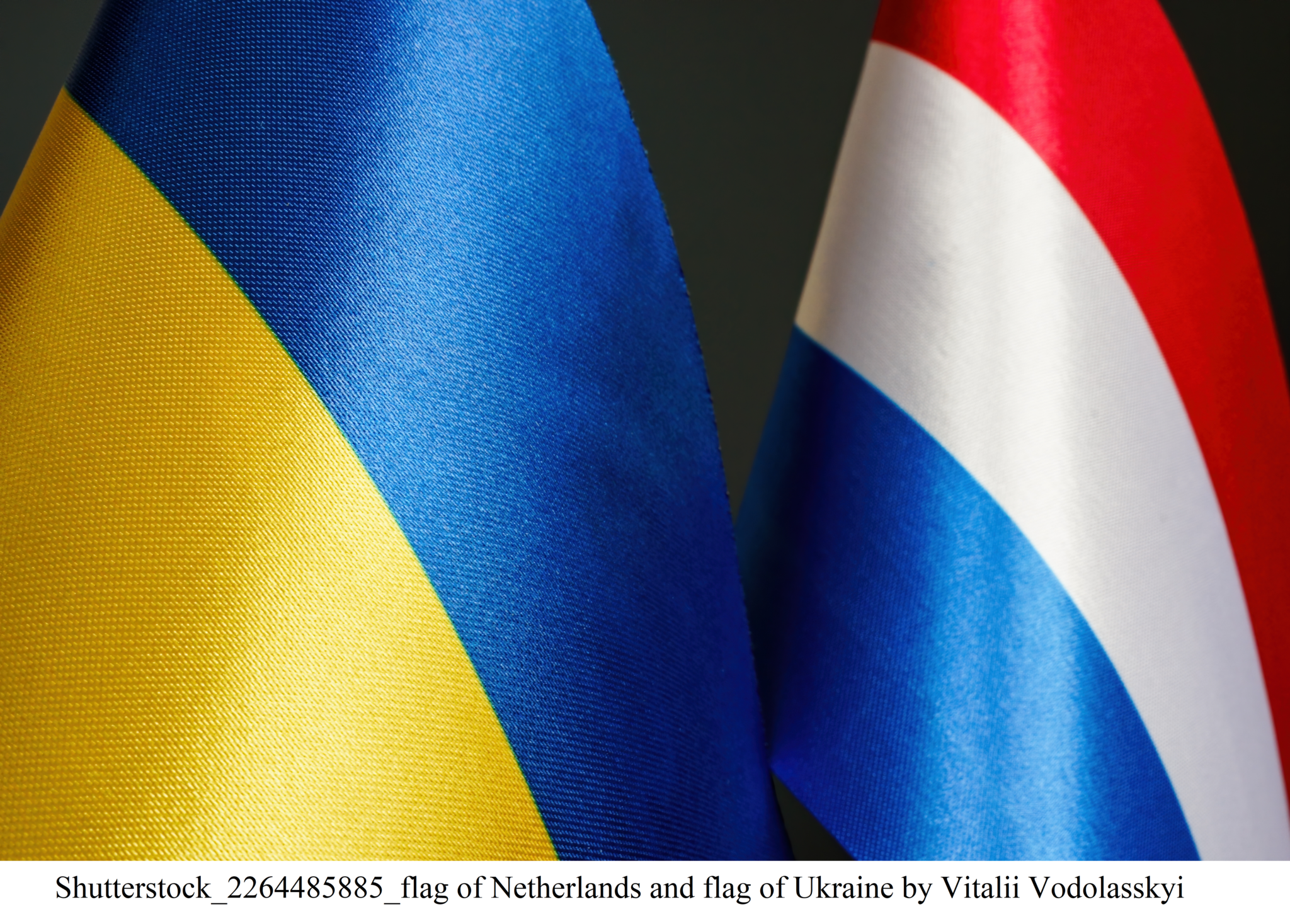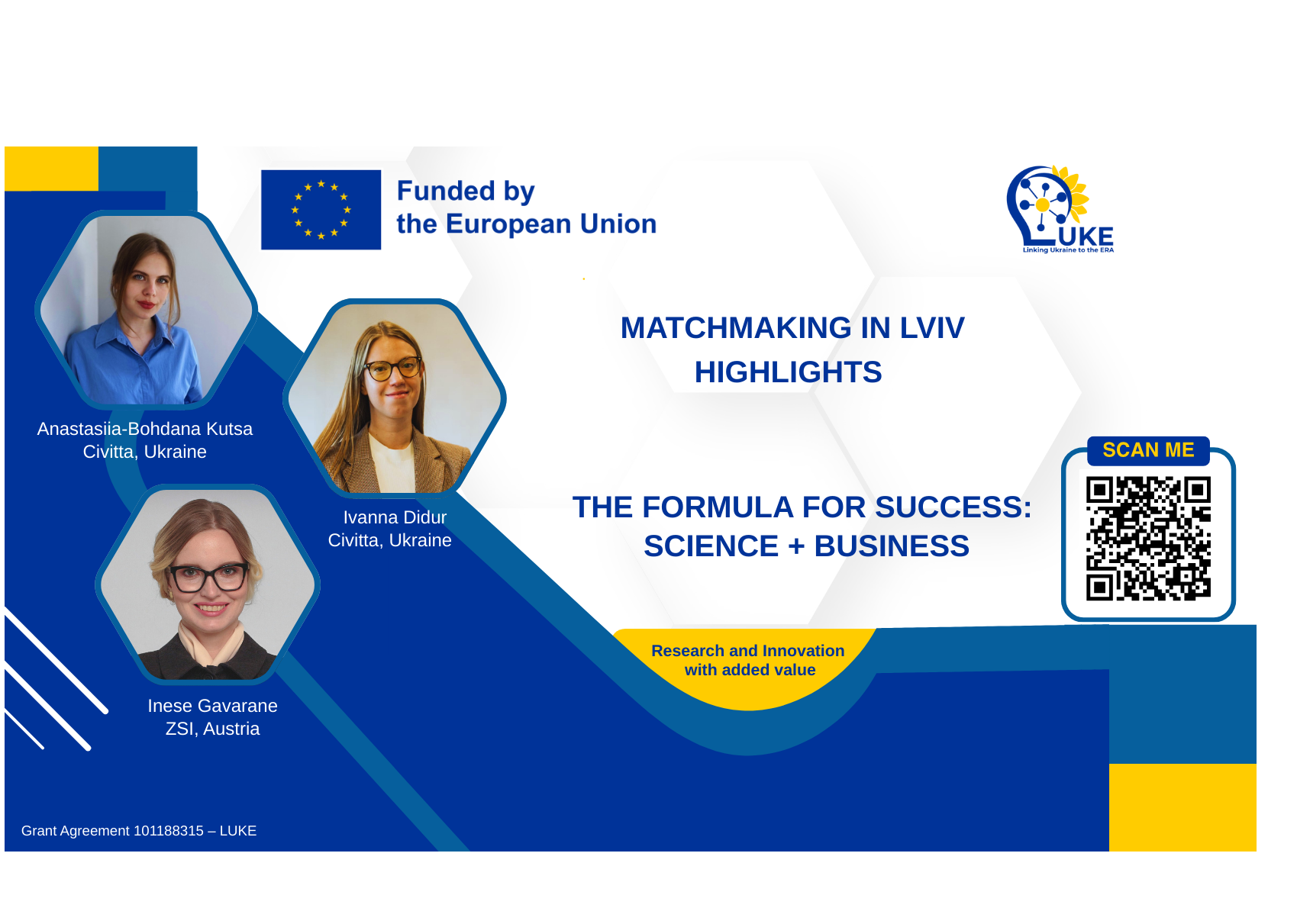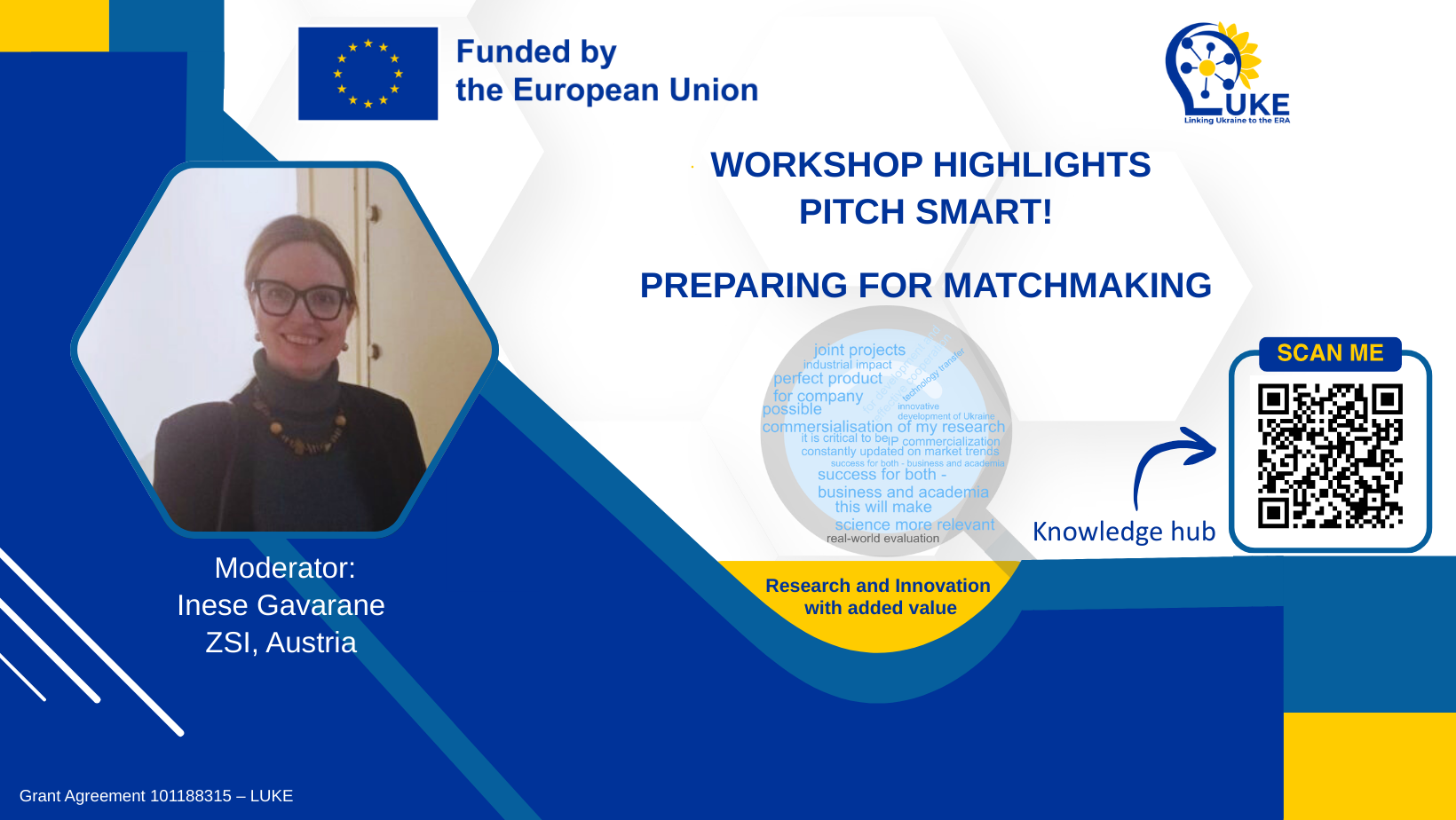Russia’s bloody war on Ukraine, now in its 10th month, has killed or injured at least 17,000 civilians, including scientists and students. It has also displaced more than 14 million, according to the United Nations. More than 1300 Ukrainian scientists—primarily women and men older than 60—have fled, finding refuge in labs in other countries. Tens of thousands of students are studying abroad.
Nowhere in Ukraine has science suffered more than here in Kharkiv, an academic community that Gerson Sher, co-chair of a U.S. National Academies of Sciences, Engineering, and Medicine (NASEM) working group on rebuilding science in Ukraine, calls “the crown jewel of Ukrainian science.”
The crippled city refuses to give up despite everything. As winter draws near, academic centers here are buzzing with activity as staff repair blown-out windows. Some lab work and online classes have resumed, even amid blackouts and scant heating.
Read about the indomitability of the hero city and its scientific community in Richard Stone’s article for the Science: HERO CITY Kharkiv was Ukraine’s science hotbed until Russia attacked. The crippled city refuses to give up





